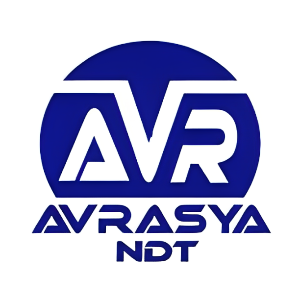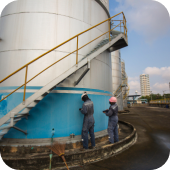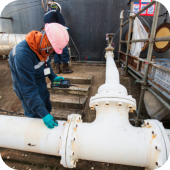

Avrasya NDT
Avrasya NDT continues to provide service on the international platform and to every point of Turkey with high quality and the most affordable price policy.
Overview
AVRASYA NDT, as an independent non-destructive testing organization operating at an international level, carries out material testing, quality classification and inspection services.
Our organization is one of the few companies providing services in various locations in Turkey regarding non-destructive testing.
EURASIA NDT's inspectors, technicians and engineers have over 18 years of experience in testing services, focusing on continuous improvement of processes, training and development of new talent.
EURASIA NDT sees itself as a supportive partner of the industry in the fields of energy, gas, chemicals and dynamics. Long-term business relationships and references with well-known customers from these fields underline this understanding.
Products
Services
Ads












